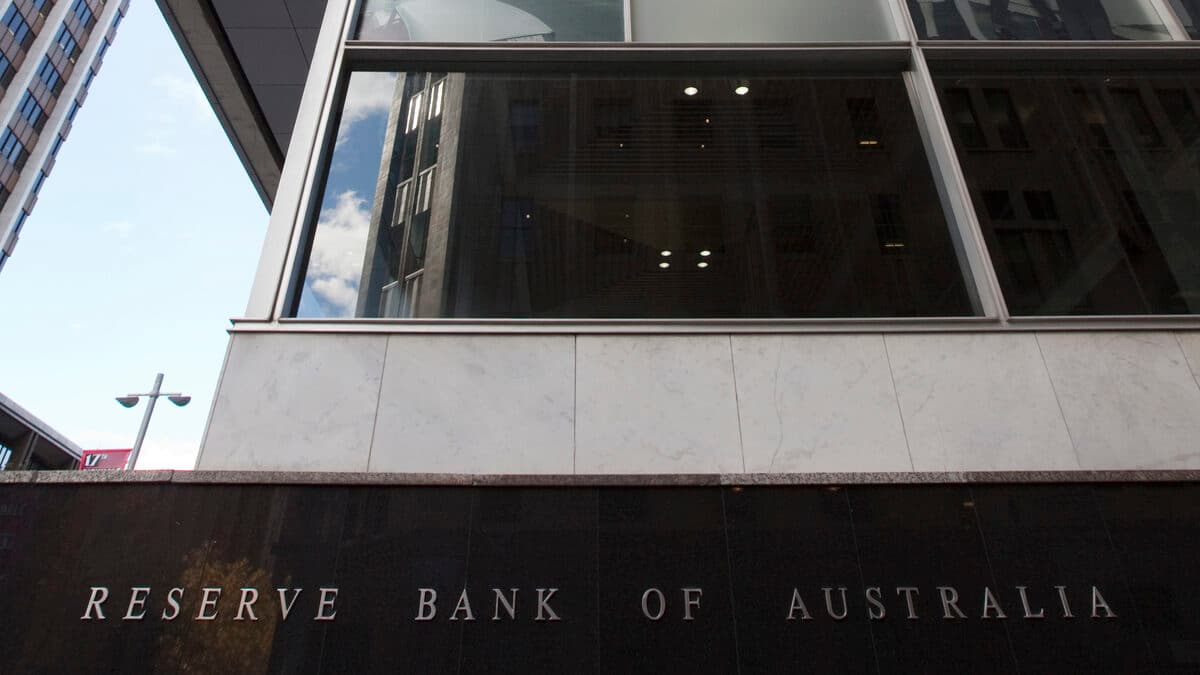In its final monetary policy meeting of 2021, the Reserve Bank of Australia (RBA) board decided to keep the official cash rate – the rate banks pay to lend to and borrow from one another – at 0.1 per cent.
“While inflation has picked up, it remains low in underlying terms. The Board will not increase the cash rate until actual inflation is sustainably within the 2 to 3 per cent target range,” RBA Governor Philip Lowe said.
“This will require the labour market to be tight enough to generate wages growth that is materially higher than it is currently. This is likely to take some time and the Board is prepared to be patient.”
The governor also downplayed concerns about inflationary pressures in the economy, claiming that Australia’s inflationary pressures are lower than in many other countries.
“The Board is committed to maintaining highly supportive monetary conditions to achieve its objectives of a return to full employment in Australia and inflation consistent with the target,” Mr Lowe added.
In addition, the Board said that it will consider the bond purchase program at its next February meeting and will continue to buy government securities at a rate of $4 billion per week until at least mid-February 2022.
“By mid-February, the RBA will hold a total of $350 billion of bonds issued by the Australian Government and the states and territories, with these holdings providing significant support to the economy,” the RBA governor said.
The board stated that when it makes its decision in February, it will be guided by the same three factors that it has used since the outset of the program:
- The actions of other central banks
- How the Australian bond market is functioning
- The actual and expected progress towards the goals of full employment and inflation consistent with the target
Omicron is unlikely to derail the recovery
Mr Lowe stated that the outlook for business investment has improved as a result of high vaccination rates, significant policy support, and a strong rebound in household consumption.
“The emergence of the Omicron strain is a new source of uncertainty, but it is not expected to derail the recovery. The economy is expected to return to its pre-Delta path in the first half of 2022.”
He also predicted that wage growth would accelerate further as the labour market tightens. “Job advertisements are at a historically high level and there are reports of firms finding it difficult to hire workers,” he said.
“This pick-up is expected to be only gradual, although there is uncertainty about the behaviour of wages as the unemployment rate declines to historically low levels.”
Inflation in underlying terms is still low
According to the most recent Australian Bureau of Statistics (ABS) data, the Consumer Price Index (CPI) increased 0.8% in the September 2021 quarter. The governor added that financial conditions in Australia remain highly accommodative, with most lending rates floating near historic lows.
Moreover, underlying inflation is expected to rise further, but only gradually. The central forecast is for underlying inflation to reach 2.5 per cent over 2023.
“Inflation has increased, but, in underlying terms, is still low, at 2.1 per cent. The headline CPI inflation rate is 3 per cent and is being affected by higher petrol prices, higher prices for newly constructed homes and the disruptions in global supply chains,” Mr Lowe said.
Here’s the complete Statement by Philip Lowe, Governor on the monetary policy decision: www.rba.gov.au/media-releases/2021/mr-21-29.html
Keep up to date with our stories on LinkedIn, Twitter, Facebook and Instagram.


